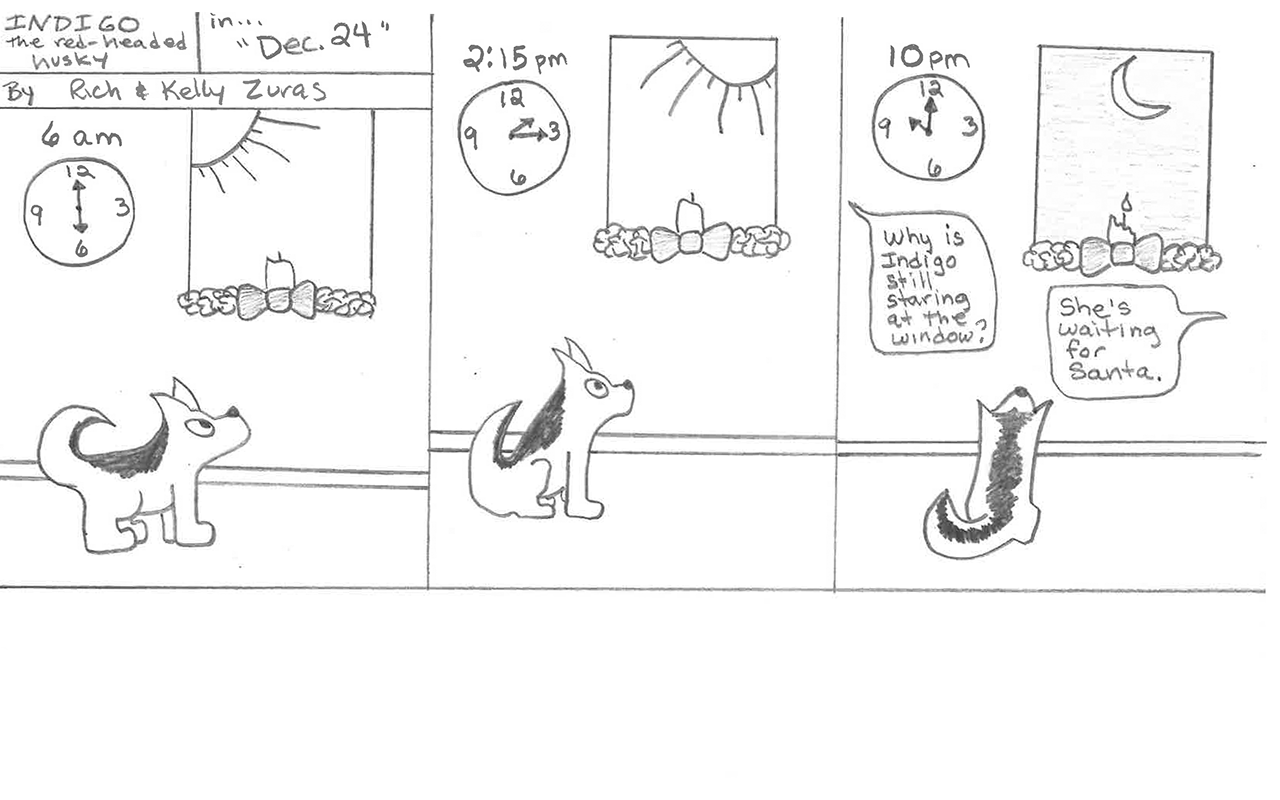Robert Jackson took Ruby Shoots Oswald in 1964. The image is of Jack Ruby shooting Lee Harvey Oswald in front of bystanders. Ruby is standing away from the camera with a pistol in hand. Oswald’s face is in pure shock. A man standing next to him looks on in terror. “It’s not a photography contest. It’s about telling some of the biggest stories of the year,” American photojournalist William Snyder said. Without context, this image would win no photography competition. The Pulitzer is not that. The image won because it is capturing an important moment in history. This is a superb example of photojournalism. It provides a clear view into a moment. It would otherwise never be seen by the public.
Stanley Forman captured Fire Escape Collapse in 1975. “Someone once told me that empathy was not imagining how you would feel in a particular situation, but actually feeling what the other person is feeling,” Carol Guzy, a fourfold Pulitzer Prize recipient, said. This terrifying image is a part of a series. The image captures Diana Bryant and her goddaughter falling from a fire escape. Bryant is falling hands first to the ground with her goddaughter above her. Potted plants are falling with them. Bryant fell to her death. Her goddaughter survived. Forman captured a quick moment in time. Forman said that he turned around before they hit the ground because he didn’t want to see it. Anyone who looks at this photo is struck with fright. Pulitzer photos are meant to produce feelings such as empathy.
Frank Fournier took The Agony of Omayra Sánchez in 1985. Fournier was in Colombia as a volcano erupted. It killed more than 25,000 people. Fournier stayed with 13-year-old Sánchez until she took her last breath. She was stuck under debris from the eruption. The rescue efforts did not work. This photo demonstrates the resilience of people during a tragedy. Two times Pulitzer Prize winner Stan Grossfield said, “It’s an honor to be a journalist. If I care about something, I can make half a million people care.” Sánchez was just one of the thousands of people to die in this tragedy. Fournier made it possible for her story to be captured forever.
Carol Guzy took A Haitian Girl Smiles in 1995. “(When witnessing a disaster) You rage inside at the helplessness. To try to deal with it, you seek out elements of humanity and courage,” Guzy said. The image is a portrait of a little Haitian girl smiling. Guzy had to witness a lot of tragedy in Haiti. The effort to take this picture shows how she was trying to cope. An image can make people laugh and cry. A Pulitzer image produces all of these feelings and more.
The Pulitzer photos film demonstrates the bravery of photojournalists. They find their calling by photographing historic moments. Photojournalists might accompany people on dangerous missions. They want to capture history in the making. The danger of the job shows that photojournalists are passionate about their work. They do it because they think it’s necessary. They do it out of dedication.


